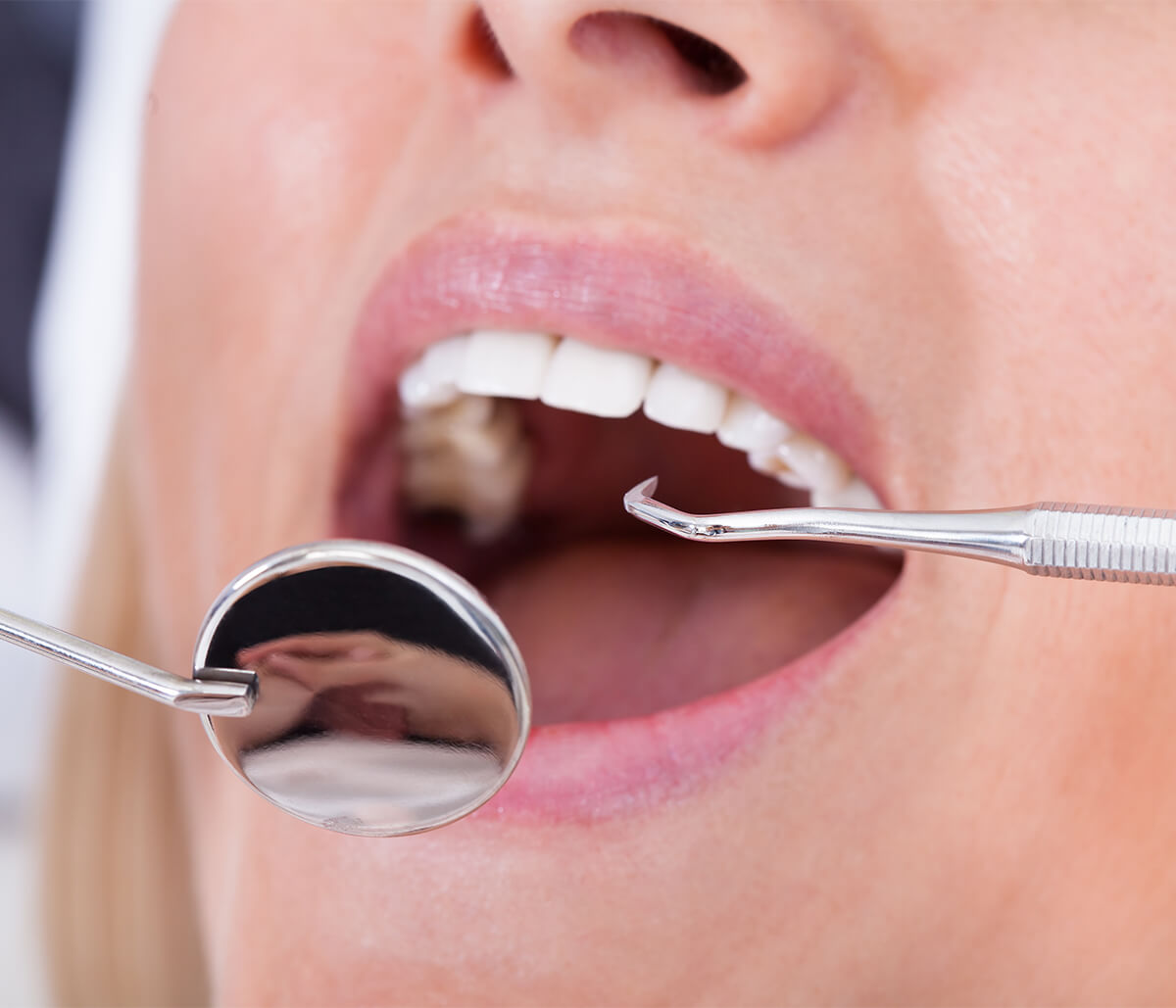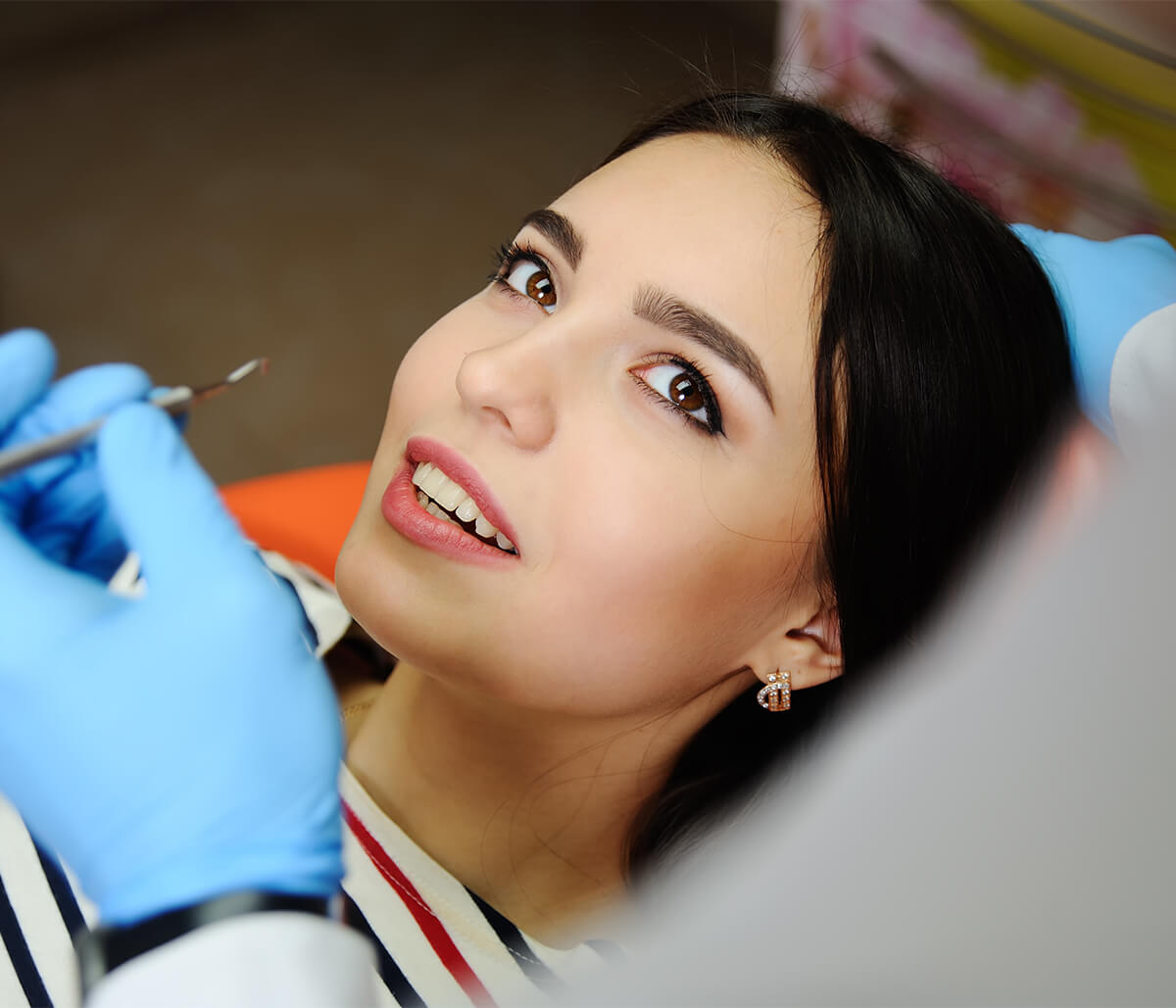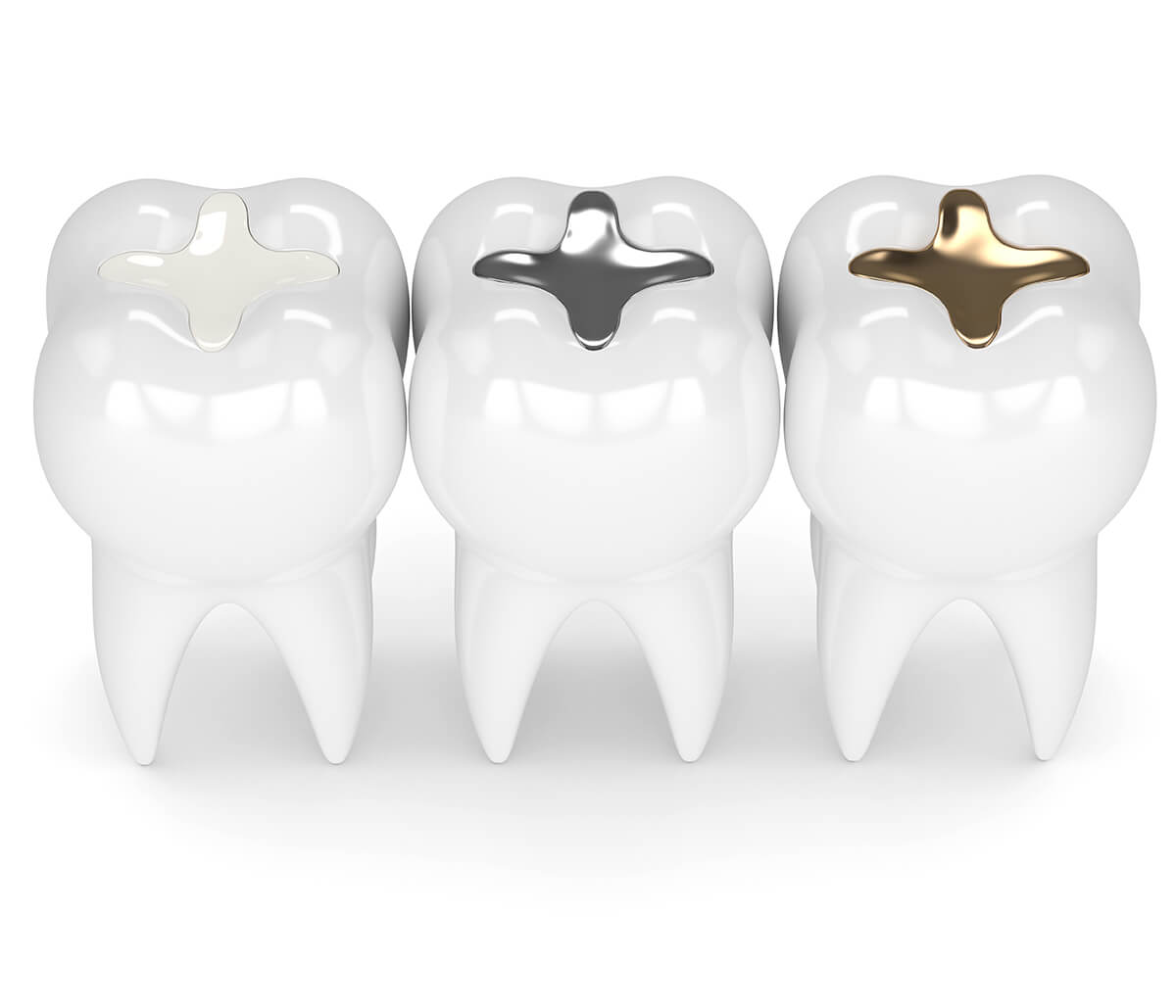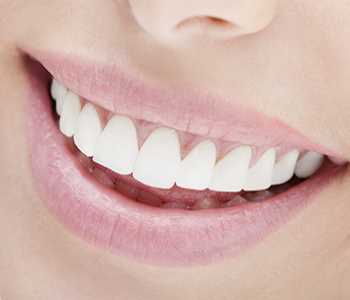Related articles
A Breath of Fresh Air: Embracing the Era of Mercury-Free Dentistry Near Me
For over a century, dentists have used amalgam dental fillings to treat cavities and
Need a New Filling? Try Safe Amalgam Removal
There was once a time when cavities were filled with gold While this restoration
Mercury-free Dentistry Vs. Mercury Amalgam Fillings
A mercury amalgam filling is a type of dental filling made of a
Kirkland, WA dental practice offers mercury-free dentistry and fillings
Over the years, many dentists have used materials to restore the smile that are not
Concerns about dental amalgam containing mercury explained by a mercury-free dentist in Kirkland, WA
Dental amalgam has been a very common material used in fillings and are also known as silver
Why Kirkland area patients should choose mercury free fillings
At Kingsgate Dental, we believe that utilizing mercury-free, biocompatible materials is a benefit to all of our









